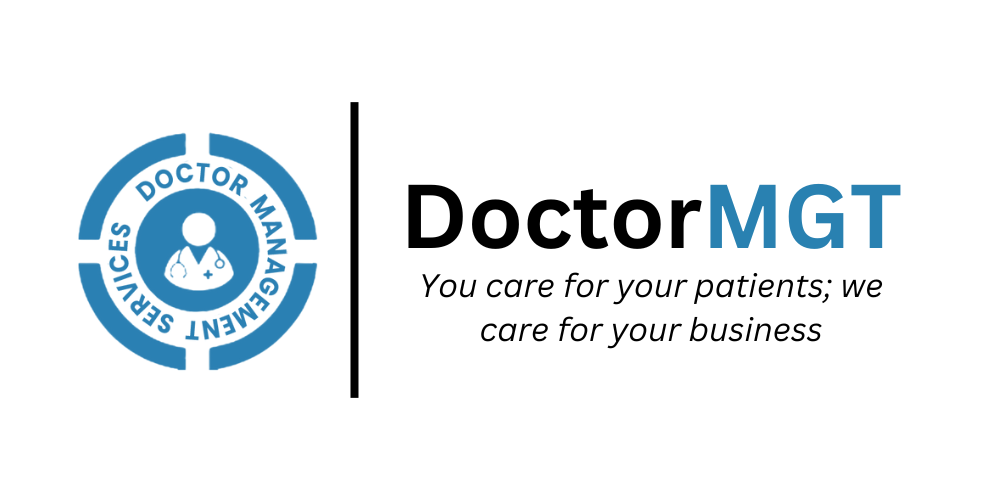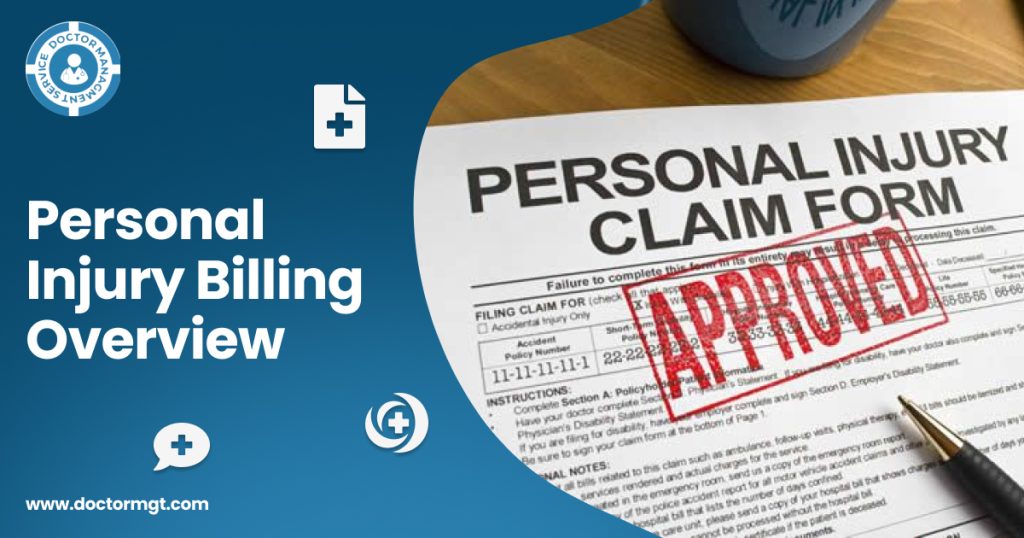The personal injury industry is huge, with approximately 39.5 million personal injury cases requiring medical treatment in the US annually, which indicates roughly 126.3 cases per 1000 (CDC). The causes of the increase in PI cases are debatable. These could be slip and fall, dog bites, industrial accidents, automobile accidents, faulty products, and malpractice lawsuits.
However, as a healthcare provider, experiencing the complex procedures of personal injury collections presents another challenge. Personal injury cases involve extensive coverage of medical services, legal charges, and diverse insurance situations. Moreover, the personal injury industry is growing daily, paying out bigger and bigger compensation payouts.
This blog will provide you a detailed overview of personal injury billing, including its technical jargon, personal injury types, billing process, an example, and associated challenges with their solutions.
Personal Injury Billing | Explained
Personal injury billing is the process of submitting medical claims for the fair compensation of rendered medical services to personal injury patients. The goal of this process is to secure fair compensations for providers’ services.
Moreover, the personal injury billing process includes insurance coverage verification, gathering medical records, and documentation. It also involves allocating relevant medical codes, preparing and submitting claims, negotiating the bill, and handling denials and appeals.
Proficiency in medical coding, insurance regulations, and negotiation techniques for better reimbursement without delays is vital.
Types of Personal Injury
The most common types of injury cases are as follows:
- Automobile Accidents
- Dog Bites
- Medical Malpractice
- Nursing Home Abuse
- Liability of Products
- Workplace Accidents
Stakeholders Involve in PI Cases
The following individuals typically manage the medical billing process for personal injury cases:
- Healthcare Providers (Hospitals, Clinics, and Doctors).
- Medical Billing Companies
- Personal Injury Attorneys
- Insurance Companies
- Legal and Regulatory Entities
- Patient
The Process of Personal Injury Billing
Providers cannot afford to make any mistakes when handling personal injury billing, and they must adhere to the set strict guidelines. A personal injury billing process usually consists of the following steps:
1. Verification of Personal Injury Case
The first thing in personal injury billing is always to determine the validity of a claim. Gather all necessary information from the patient, including:
- Details related to accident (date, location, type of injury)
- Attorney contact information (if applicable)
- Auto insurance or worker’s compensation policy information
It’s essential to confirm who covers the PI case under personal injury protection (PIP), liability insurance, or another third-party payer.
2. Obtain Signed Authorization
Since personal injury billing often involves attorneys and third-party payers, it’s vital to obtain signed authorizations from the patient to share their medical records with the insurer or attorney. A release form should also authorize your practice to file liens to ensure payment.
3. File a Lien or Letter of Protection (LOP)
In personal injury cases, healthcare providers often do not receive immediate payment from payers. Hence, in order to secure future payment, the provider can put a medical lien or file for a Letter of Protection (LOP). This document guarantees that you will get your money once the case is over, directly from the settlement amount.
- Medical Liens: Secure future payments by filing a lien against any potential settlement. This document guarantees compensation once the case is resolved.
- Letters of Protection: Similar to liens, these documents protect the provider’s right to payment from settlement proceeds.
4. Accurate and Detailed Documentation
Accurate documentation is the cornerstone of a successful PI billing cycle. Providers should ensure that all details of the patient’s injuries, treatments, and the nature of the accident are correctly documented. Additionally, comprehensive medical records play a vital role in justifying your billing process and protecting your practice in case of disputes.
5. Submit Bills to the Appropriate Payer
Personal injury billing involves identifying the correct payer for each claim. This could be:
- The patient’s auto insurance (PIP)
- A third-party liability insurer
- Worker’s compensation insurance
- The patient’s attorney (if a settlement is anticipated)
Personal Injury Billing Process Challenges
The procedure of personal injury billing is challenging as the claims and payments are at high risk due to their complexities. Such obstacles are mostly because of changing rules and regulations, paperwork errors, insurance policies, coding systems, rejections and denials, and compliance requirements.
Following are some challenges with solutions that you may face while processing your personal injury claims.
Documentation and Coding Errors:
Documentation and medical coding are prone to errors because of the complexity and possibility of human mistakes. Insufficient information, incorrect data, and inadequate knowledge about the updated guidelines are common challenges that result in delays in receiving payments and end in claim denials.
Solution
- Implement periodic training sessions for providers, coders, and staff.
- Perform quality checks on bills.
- Invest in advanced technology
Rejected Claims and Denials:
Complex insurance policies, different coverage plans, and frequent changes in insurance information are some challenges during the verification of insurance claims. Rejections happen before processing claims due to incorrect data, and denials are a result of unpayable claims after submission.
Solution
- Verify patient information and assign codes before claim submission.
- Don’t hesitate to contact insurance companies in case of confusion
- Conduct claim review and audit processes to identify potential issues before the submission.
Regulatory Compliance:
Healthcare providers must follow compliance rules to maintain high standards for patient safety. Overlooking even a minor aspect will make it difficult for you to deal with legal situations. Furthermore, if you are not up-to-date with the regulations of regulatory bodies or payer guidelines, compliance with your practice will be compromised.
Solution
- Know the changes in personal injury billing regulations
- Stay informed about medical billing regulatory compliance.
- Establish a compliance team, engage with payers, schedule periodic training, prioritize staff training, and integrate advanced technology.
- Maintain communication with insurance companies for better denial management.
Delayed Reimbursements:
As a healthcare provider, your cash flow and reimbursement can be impacted due to delayed payment. Manual handling of bills results in errors and delays in reimbursement and puts a lot of stress on your practice’s staff.
Solution
- Communication is important between healthcare providers and insurers to reduce reimbursement delays.
- Stay current with insurance policies
Managing Receivables (AR):
With effective AR management, healthcare providers can receive payments promptly. This includes unpaid invoices. Moreover, these unpaid and delayed payments negatively impact the revenue cycle and financial performance of healthcare providers.
Low cash flow and high AR days directly affect provider performance and could harm the quality of patient care.
Solution
- Utilize EHR systems and RCM tools to enhance the billing process.
- Enhance documentation and review coding to lower AR days.
- Follow-up unpaid claims and denied claims. Also, try to promptly sort out disagreements with the payers to speed up reimbursement.
In a nutshell
Personal injury billing, in simple words, is just the submission of medical claims to insurance companies for compensation. This blog has comprehensively discussed the entire billing process, which includes identifying coverage, gathering data, assigning codes, preparing and negotiating bills, and handling denials.
Moreover, some common challenges for providers are documentation errors, claim denials, compliance issues, reimbursement delays, and managing receivables. Fortunately, providers can handle these issues through training programs, advanced technology, and audits.

